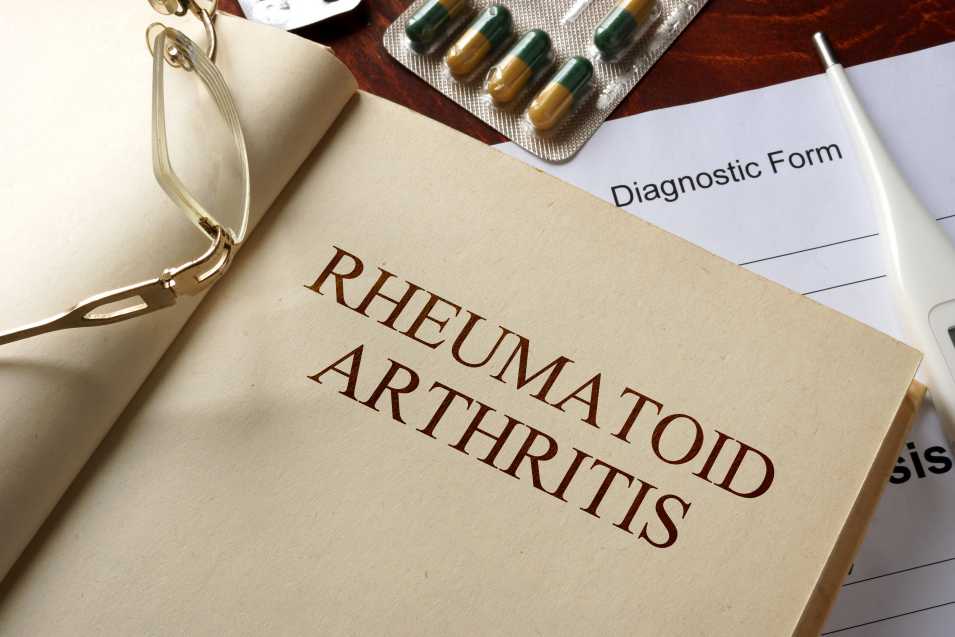Juvenile Rheumatoid Arthritis Occupational therapy; Occupational therapy can be a great help for those who have juvenile rheumatoid arthritis. Many people find that these therapies can help them cope with their condition and improve their lives. There are a variety of ways that occupational therapists help people with arthritis, including physical and psychological therapies.
Physical Therapy
Juvenile Rheumatoid Arthritis Occupational therapy and physical therapy; Regardless of whether your child has juvenile idiopathic arthritis or another type of inflammatory condition, physical therapy is an important part of his or her treatment. It can help strengthen muscles and increase joint range of motion. It can also improve your child’s quality of life.
Pain and stiffness are common symptoms of juvenile idiopathic arthritis, which can make even simple tasks like walking and playing sports difficult for affected children. Oftentimes, physical therapy helps relieve these symptoms and allow your child to maintain a normal lifestyle.
In addition to physical therapy, your child may be prescribed anti-inflammatories. These medications may include over-the-counter NSAIDs, powerful DMARDs, and corticosteroids. They can also be used to reduce swelling and pain, or to control joint damage.
Your child’s rheumatologist will recommend a treatment plan. Treatment typically involves physical therapy, medications, and education. The goal of treatment is to prevent long-term complications. The rheumatologist may refer the child to a specialist.
Physical therapy involves evaluation of your child’s range of motion, muscle strength, and coordination. Exercises can strengthen muscles, improve bone density, and improve joint motion. Your child may also be prescribed splints to prevent joint damage and keep joints from deforming. Working with a multidisciplinary team, including a physical therapist, occupational therapist, and psychologist, is important.
Juvenile Rheumatoid Arthritis Occupational Therapy
Occupational therapy for juvenile rheumatoid arthritis (JIA) can help children with this disease to manage their disease. Occupational therapists can also help children with the disease adapt their activities and adjust to their daily lives.
Children with JIA have many symptoms, including painful joints, swollen joints, and difficulty walking. They may also have other problems, such as sleep disturbances and hyperalgesia. They may also have allodynia.
A therapist will work with a child with JIA to learn how to use a hand splint. This splint can protect painful joints in the arm, and help regain full motion in those joints. It may also help to maintain normal bone and joint growth.
Children with JIA may need to use medicine to control their pain. These medicines may also be used to reduce inflammation.
Treatment for juvenile arthritis may also include surgery. It is best to seek help early in the disease. It is also important to keep the child active and to avoid unnecessary pressure on the joints.
Related Article: Exosome Therapy
Psychological Therapies
Juvenile Rheumatoid Arthritis Occupational therapy; Various types of psychological therapies are used to treat juvenile rheumatoid arthritis. These include cognitive behavioral therapy (CBT) and coping skills training. They aim to help children reduce their pain and disability and improve their physical functioning. These therapies are traditionally delivered face-to-face with a therapist, but they can also be delivered remotely through the use of technology.
Studies have been conducted on the prevalence of emotional disorders in children with juvenile rheumatoid disease. Small sample sizes are a common limitation of these investigations. This may limit their generalizability.
Research suggests that youth with JIA may be more likely to experience psychological symptoms, such as anxiety. These symptoms may also contribute to depression. They may also be linked to long-term pain and may be related to the unpredictable nature of flares.
Studies have also looked at the prevalence of behavioral symptoms in adolescents with JIA. Most studies have revealed no substantial difference in these symptoms between JIA adolescents and those with other rheumatic illnesses.
Pain Assessment Tool
Juvenile Rheumatoid Arthritis Occupational therapy; Various approaches have been used to assess pain in children. These include unidimensional, single-item pain intensity scales, such as visual analog scales (VASs) and numerical rating scales (NRSs). However, there are also composite pain measures. These are often combined with unidimensional pain scales to provide more detailed information.
The PedIMMPACT group, which is dedicated to standardizing pain assessment in children, has produced a set of recommendations that have been influential in establishing the best measures for chronic pain. These recommendations include the creation of quality criteria for pain assessment tools in children. This review was undertaken to assess the current state of pain assessment tools in children and adolescents.
The review found that chronic pain assessment in children and adolescents was poor. A significant proportion of studies should have included information on the person administering the assessment or the assessment time. In addition, some studies needed more details about the child’s age range and pain level classification. This led to an inability to evaluate findings across studies.
Related Article: Occupational Therapy NYC
